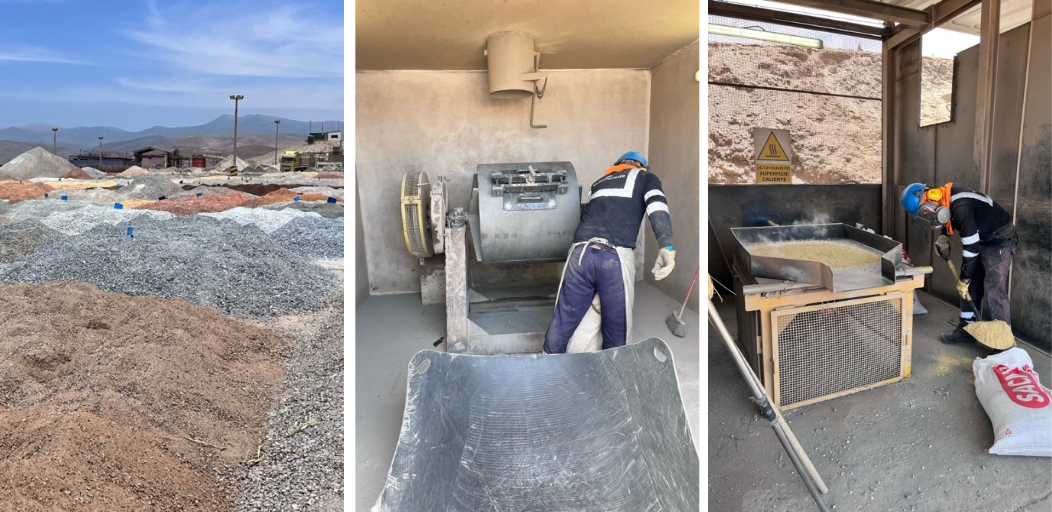Panning for Solutions to the Challenges of Informal Gold Mining
Project Team

Team profile by Heileen Hsu-Kim and Shannon Plunkett
Artisanal and small-scale gold mining (ASGM) practices are widespread and persistent across Latin America. Driven by the global demand for gold, these activities contribute to negative impacts such as extensive deforestation, degradation of highly biodiverse ecosystems and the release of toxic chemicals such as mercury that endanger the health of communities living downstream.

Solutions to this challenge require combinations of technological and policy interventions that can promote the adoption of new practices while also recognize the socioeconomic vulnerabilities that drive individuals to engage in informal (and often illegal) gold mining.
This team explored the interconnections of the environmental impacts, human health vulnerabilities and policy needs as they relate to impacts of ASGM in Peru and Ecuador. Members of the team conducted environmental field studies of river water quality near mining, surveyed communities near gold mining activity and engaged with individuals participating in the gold mining sector.

This work highlighted several new insights, including:
- In Ecuador, gold mining is at a nascent and growing level in the Napo River corridor of the Amazonian basin while in the southwestern highland region of the country, hard rock mining continues to severely degrade water quality.
- Communities along the Napo River corridor are vulnerable to mercury exposures, likely due to reliance of the river for fish protein.
- Formalization, which is the process in which ASGM groups enter the formal economy, is a key step that can improve the efficacy of economic incentives such as ore selling and certification that can promote responsible gold mining practices.

Overall, the team learned that a complex challenge such as ASGM requires a multi-faceted understanding of the socioeconomic drivers behind such activities as well as the ecological and human health consequences of these practices. Furthermore, ASGM represents different types of gold mining (e.g., hard rock and alluvial deposits) for which the technological and policy interventions must also adapt to the local context.
Regardless, this type of mining occurs in more than 70 nations across the globe, primarily in the global south and collectively contributes to global scale mercury pollution. The lessons learned by this Bass Connections team offer useful insights for ASGM regions around the world.

Evaluating and Mitigating the Damaging Effects of Mercury-Based Artisanal and Small-Scale Gold Mining in South America
Poster by Abby Walden, Payton Wood, Chloe McGeehan, Alejandra del Campo Farro, Paula Juliana Sarmiento, Njoki Mwangi, Kimberly Ludeña Acevedo, Danny Tobin, William Pan, Jasmine Parham, Helen Hsu-Kim, Shannon Plunkett, David Toscano, Carlos Mena and Melany Ruiz

